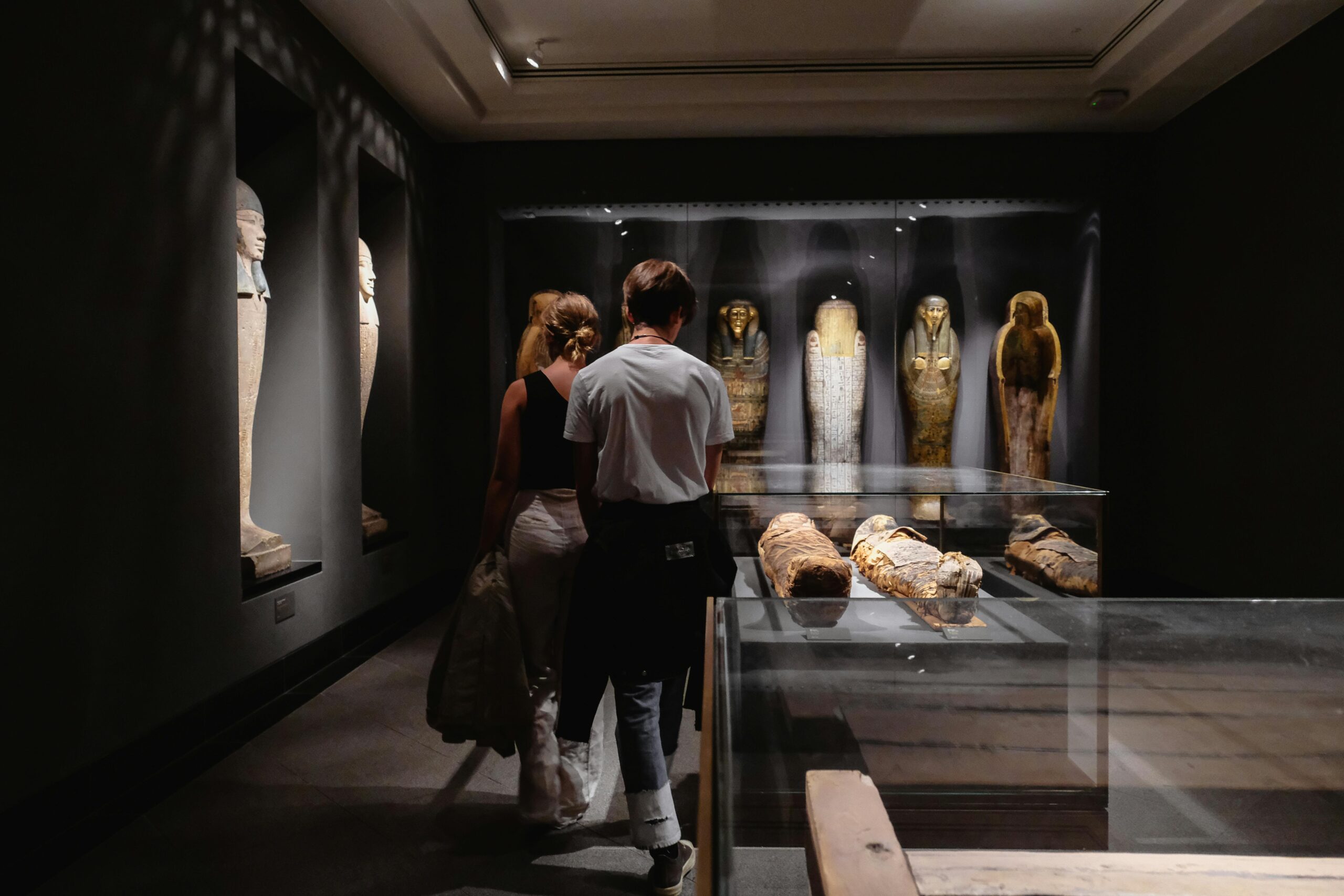In the enchanting world of art, where creativity and beauty converge, a select few are granted access to an even more exclusive realm – private art collections. These opulent treasures, carefully curated by discerning collectors, represent a fusion of passion, wealth, and an unyielding love for the arts. In this article, we delve into the captivating universe of private access to luxury art collections, exploring the allure, significance, and the unique experiences that come with being part of this privileged circle.
The Enigma of Private Art Collections
Imagine strolling through a discreet gallery hidden behind the walls of a magnificent mansion or perusing masterpieces in the hushed ambiance of a private residence. This is the clandestine world of private art collections, where exclusivity is paramount, and each piece tells a story not just of the artist but of the collector’s journey and taste.
Unlike public galleries and museums, private art collections are not open to the general public. Access is tightly controlled, reserved for a select few who share a deep appreciation for the arts. This exclusivity adds an extra layer of allure to the artworks housed within these private spaces, turning each viewing into a privileged and intimate experience.
The Significance of Private Art Collections
Private art collections hold a unique significance in the art world, serving as custodians of cultural heritage and as testaments to the personal journeys of their owners. These collections often include rare and priceless pieces that may never be displayed in public, contributing to the mystique surrounding them.
One of the primary motivations behind building private art collections is the desire for a more intimate connection with the artworks. Collectors seek pieces that resonate with them on a personal level, reflecting their tastes, values, and even their innermost thoughts. The result is a collection that is not merely a display of wealth but a manifestation of the collector’s identity.
Exclusive Access: A Glimpse Behind Closed Doors
The privilege of accessing private art collections extends beyond the art itself; it includes the opportunity to step into the world of the collector. Many private collectors open their homes or specially designed gallery spaces to a select few, allowing them to witness the marriage of art and lifestyle.
These exclusive viewings often come with personalized guided tours, where the collector or a knowledgeable curator shares insights into the stories behind each piece. This intimate engagement with the artworks, coupled with the ambiance of a private setting, creates a sensory experience that transcends the traditional gallery visit.
Private Events and Art Soirees
Private access to luxury art collections also extends to exclusive events and gatherings hosted by collectors. Imagine attending a soirée surrounded by priceless artworks, engaging in conversations with fellow art enthusiasts, and sipping on fine champagne as you discuss the nuances of a particular painting.
These events provide a platform for networking and socializing within a community that shares a deep passion for the arts. It’s not just about the art; it’s about the shared experience of appreciating and celebrating creativity in an intimate setting.
The Intersection of Wealth and Art
It’s undeniable that private access to luxury art collections often goes hand in hand with considerable wealth. However, it’s essential to recognize that the relationship between wealth and art is complex and multifaceted.
For some collectors, art is not just a symbol of affluence but a form of investment. The art market has proven to be a lucrative arena, with certain pieces appreciating significantly in value over time. Collectors with a keen eye for investment may strategically acquire artworks, contributing to the financial aspect of their collections.
Conversely, there are collectors who view art as a purely emotional and aesthetic pursuit, with little consideration for its financial worth. For them, the joy of ownership lies in the sheer pleasure of surrounding themselves with beauty and creativity.
Preserving Cultural Heritage
Private art collections also play a crucial role in preserving cultural heritage. While public institutions often focus on a broader representation of art movements and periods, private collectors have the flexibility to hone in on specific niches or artists. This focused curation helps preserve the legacy of individual artists or particular art movements that might otherwise be overshadowed in more comprehensive public collections.
Moreover, private collectors often collaborate with museums and galleries, lending their pieces for public exhibitions. This symbiotic relationship allows the public to catch a glimpse of these privately held treasures, bridging the gap between exclusive access and broader cultural enrichment.
Challenges and Controversies
The exclusive nature of private art collections raises ethical and societal questions. Critics argue that art, as a form of cultural expression, should be accessible to everyone, challenging the idea of hoarding cultural treasures within the confines of private spaces. The disparity between those who have access to these collections and those who don’t reflects broader issues of wealth inequality and unequal access to cultural resources.
Additionally, concerns arise about the authenticity and sincerity of some private collectors. Accusations of art hoarding for tax evasion or money laundering purposes have been levied against certain individuals. This dark underbelly of the art world raises questions about the responsibility and transparency of private collectors in ensuring the ethical acquisition and stewardship of cultural heritage.
The Future of Private Access to Luxury Art Collections
As we navigate the evolving landscape of the art world, the future of private access to luxury art collections is both exciting and uncertain. The rise of digital technologies has opened new possibilities for virtual access, allowing individuals to explore private collections from the comfort of their homes.
Virtual reality (VR) and augmented reality (AR) applications enable art enthusiasts to immerse themselves in private collections through interactive, digital experiences. While this doesn’t replicate the tactile and sensory aspects of a physical visit, it democratizes access to a certain extent, making art more inclusive.
Moreover, the concept of fractional ownership is gaining traction, allowing multiple individuals to co-own a piece of art. This democratization of ownership challenges the traditional exclusivity associated with private collections, offering a more accessible entry point for art enthusiasts with more modest budgets.
Conclusion
Private access to luxury art collections provides a unique and enchanting journey into the heart of creativity, wealth, and cultural heritage. It is a realm where passion meets privilege, and the boundaries between art and lifestyle blur. While the exclusivity of these collections raises ethical questions, they undeniably contribute to the preservation and celebration of art in diverse and profound ways.
As we look to the future, the art world stands at a crossroads, with technology and changing attitudes towards ownership reshaping the landscape. Whether through exclusive physical viewings or virtual experiences, private access to luxury art collections will continue to captivate and inspire, ensuring that the timeless allure of art remains a source of fascination for generations to come.



